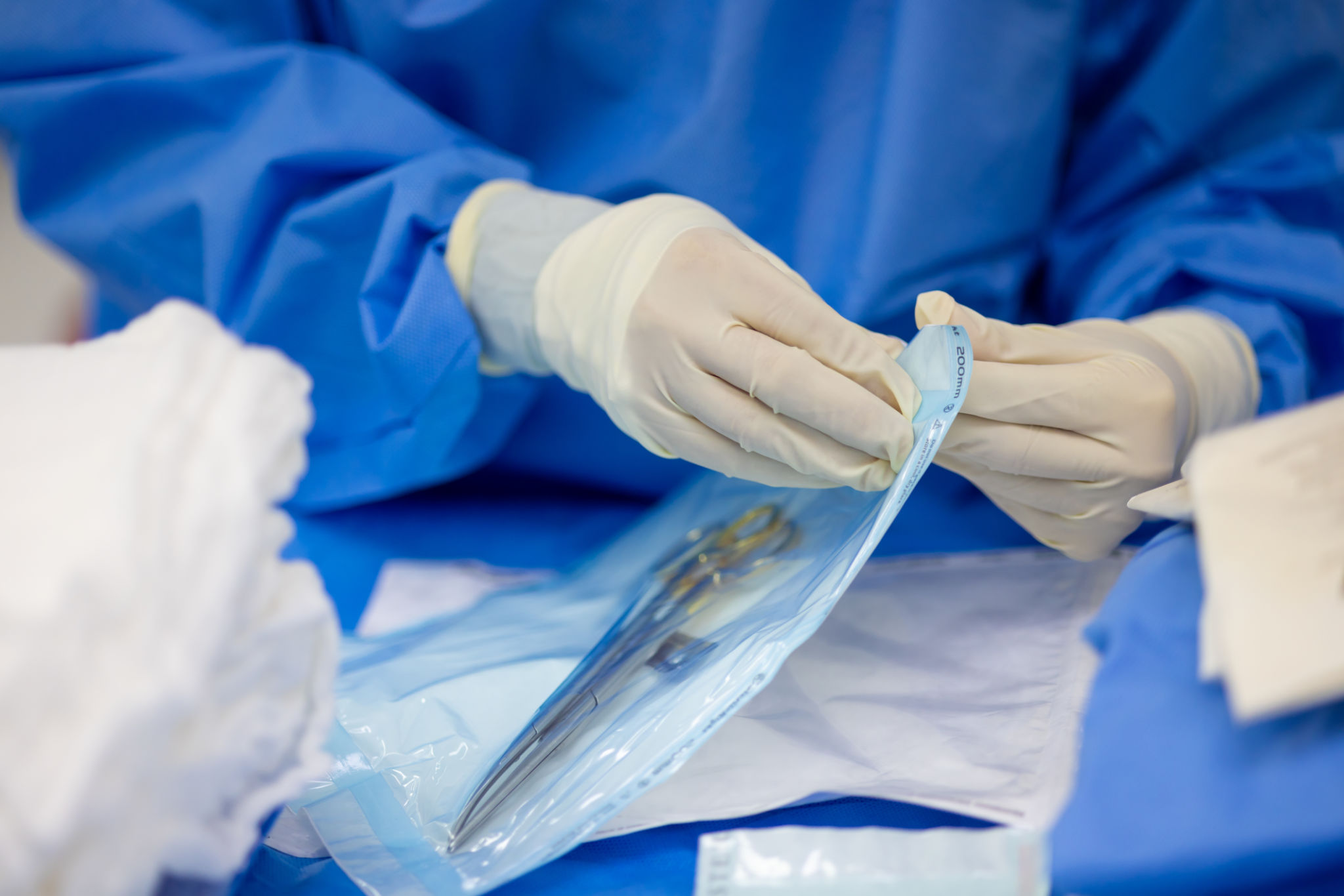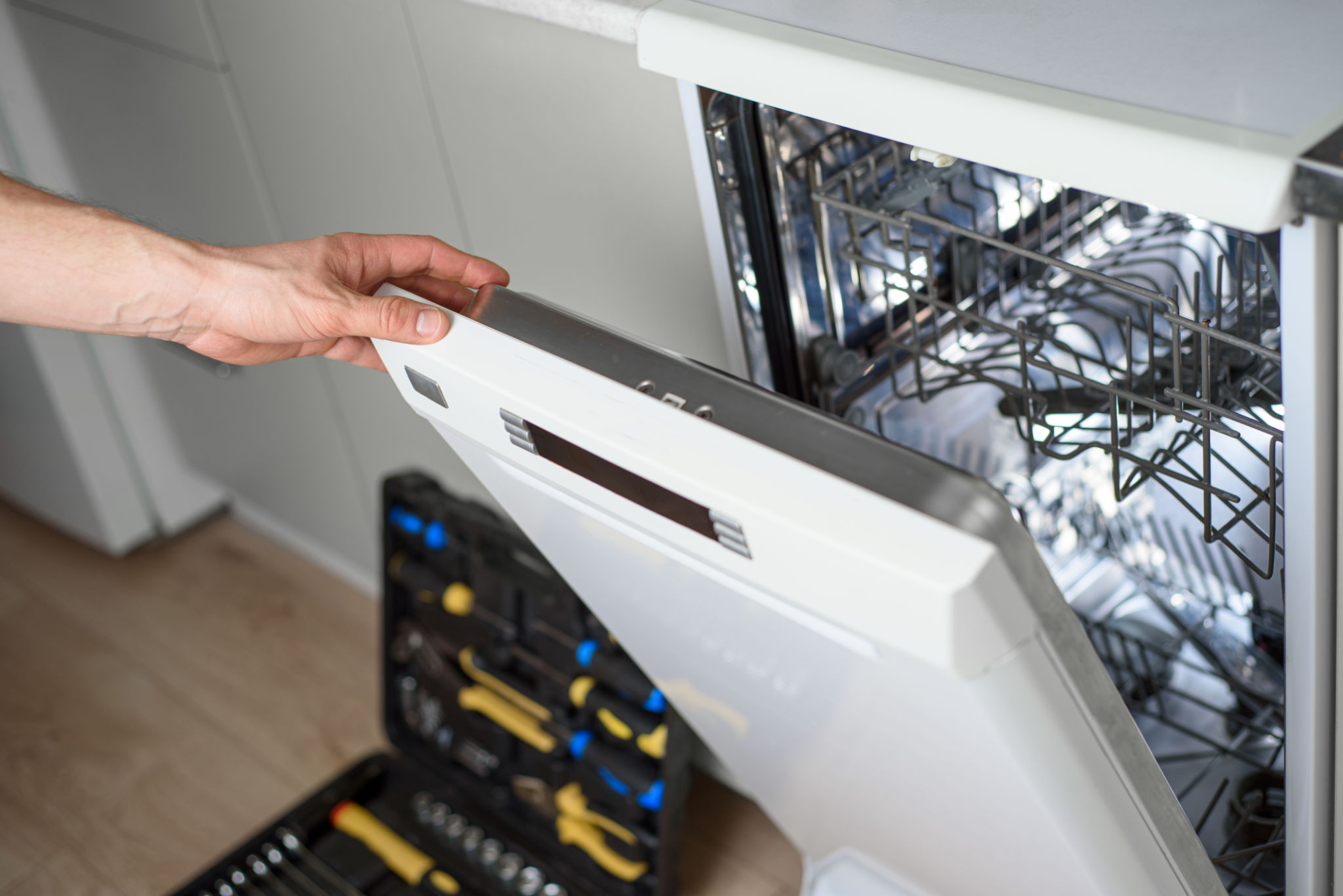Case Study: Successful Medical Equipment Repair and Validation in Jeddah
Introduction to the Project
In the bustling city of Jeddah, medical facilities are dependent on the seamless operation of their equipment. Ensuring that these machines are functioning correctly is critical for patient care and operational efficiency. This case study explores a successful project in medical equipment repair and validation, highlighting the strategies and outcomes that have set a benchmark in the industry.

Identifying the Challenges
Medical equipment in Jeddah faces unique challenges due to factors such as high usage rates, environmental conditions, and the need for compliance with international standards. The project aimed to address these issues by implementing a comprehensive repair and validation program. Key challenges included:
- The need for timely and efficient repairs to minimize downtime.
- Ensuring compliance with both local and international regulations.
- Maintaining high standards of accuracy and reliability in equipment performance.
Strategic Approach to Repair and Validation
The team employed a strategic approach to address these challenges. They began with a thorough assessment of the existing equipment, identifying critical areas that required immediate attention. Leveraging cutting-edge diagnostic tools, they ensured precise identification of faults. The main strategies included:
- Implementing a proactive maintenance schedule to prevent equipment failure.
- Utilizing advanced repair techniques to restore equipment to optimal condition quickly.
- Conducting rigorous validation processes to ensure compliance with necessary standards.

Execution and Implementation
Execution was carried out in phases to minimize disruption to medical services. A dedicated team of experts worked around the clock, ensuring that repairs were completed swiftly and accurately. The use of specialized software allowed for real-time tracking of repair progress, facilitating transparency and efficiency. Key steps in implementation included:
- Segregation of equipment based on priority and complexity.
- Allocation of skilled technicians for specialized tasks.
- Comprehensive testing post-repair to validate functionality and compliance.
Positive Outcomes and Benefits
The project delivered significant benefits to medical facilities in Jeddah, resulting in enhanced operational efficiency and patient safety. Some of the notable outcomes included:
- A significant reduction in equipment downtime.
- Improved accuracy and reliability of medical devices.
- Consistent compliance with regulatory standards, ensuring patient safety.

Feedback from Healthcare Providers
Healthcare providers expressed immense satisfaction with the services provided. Many noted that the seamless operation of equipment had a direct positive impact on patient care and workflow efficiency. Testimonials highlighted the professionalism and expertise of the repair team, underscoring the project's success.
Lessons Learned
This case study not only showcases success but also provides insights into best practices for future projects. Lessons learned emphasize the importance of proactive maintenance, skilled personnel, and adherence to standards. These elements are crucial for replicating success in other regions facing similar challenges.
Conclusion
In conclusion, this project has set a precedent for medical equipment repair and validation in Jeddah. By addressing challenges with strategic precision, it has elevated the standard of care provided by healthcare facilities. This case study serves as an exemplar for future endeavors in maintaining the integrity of critical medical infrastructure.
